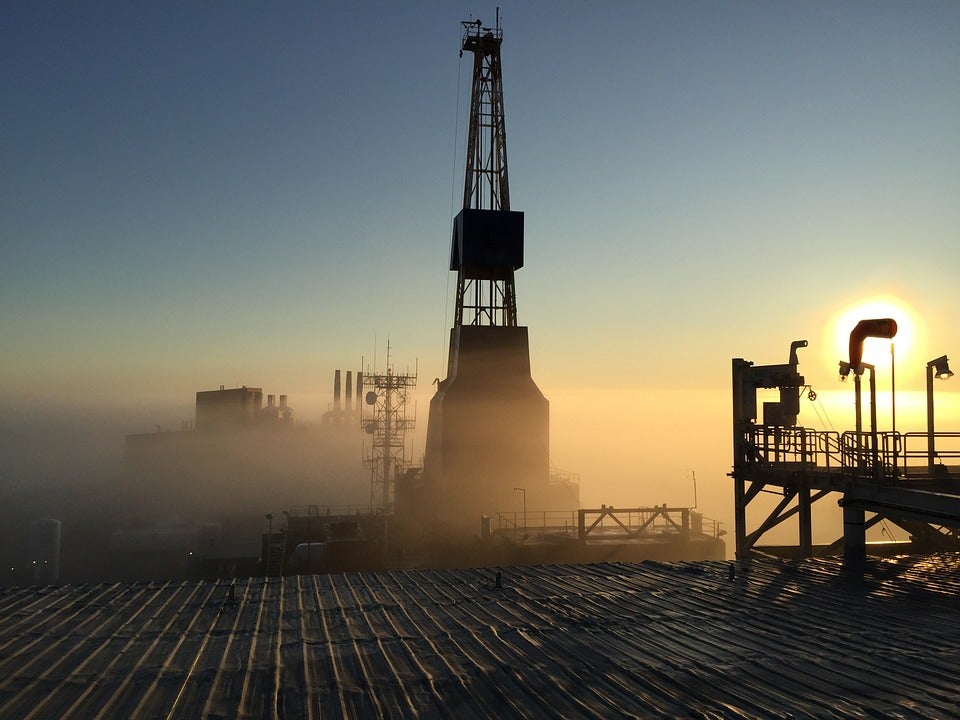 The International Energy Agency’s new 2017 World Energy Outlook contains the agency’s strongest language yet about the urgent need to reduce methane emissions from the oil and gas sector, and the huge opportunities that exist to do so.
The International Energy Agency’s new 2017 World Energy Outlook contains the agency’s strongest language yet about the urgent need to reduce methane emissions from the oil and gas sector, and the huge opportunities that exist to do so.
Some have taken issue with IEA projections on the overall role of natural gas, suggesting they are beyond what is environmentally sustainable. Others think IEA is underestimating growth potential. Whatever you believe the trajectory for gas is — or should be — the benefits of reducing methane emissions are both enormous and irrefutable.
The good news: IEA estimates the industry can reduce their worldwide emissions by 75 percent – and that up to two thirds of those reductions can be realized at zero net cost. “These emissions are not the only anthropogenic emissions of methane,” says the report, “but they are likely to be among the cheapest to abate.”
Two paths to meet growing energy challenge
Conveniently, IEA presents two energy pathways. The somewhat confusingly named “New Policies” scenario is actually business-as-usual, reflecting strictures currently in place or pending, while the “Sustainable Development” path assumes additional measures to hold warming by 2100 to 2⁰C while also global energy access goals are met.
Either way, the case in favor of rapid oil and gas methane reductions remains overwhelming.
Under current policies, IEA says global energy demand will grow more slowly than in the past, but will still be 30% higher than today by 2040 (effectively adding an extra China or India). They project average annual economic growth of 3.4 percent, and an increasingly urbanized 2040 population of 9 billion people, up from 7.4 billion now.
Renewables will meet 40% of that projected increase, and account for two-thirds of new power plant investment. Oil demand is predicted to grow, but at a decreasing pace. Significantly, however, natural gas consumption rises 45% by 2040 in this scenario, with much of that in industrial uses. Eighty percent of projected gas growth comes from mainly from China, India and other developing economies.
Gas demand stays strong in sustainable scenario
Even in IEA’s Sustainable Development scenario, where renewables and efficiency rule the day, demand for gas – and hence the urgent need to reduce associated methane emissions – remains strong.
Low-carbon sources double their 2040 share of the energy mix to 40 percent. Coal drops like the proverbial stone, and oil demand peaks much sooner than in the business-as-usual estimates. But there’s a catch: “As oil and coal fall back and renewables ramp up strongly,” IEA says, “natural gas becomes the largest single fuel in the global mix.”
Under this scenario – which is, remember, built around a an energy mix necessary for 2⁰C climate path – natural gas consumption still grows 20 percent by 2030, and holds steady for a decade after that. Gas plays an especially big role in the future transformation of today’s coal-dependent developing countries like China and India.
Forecasts vary, but some facts are clear
Energy forecasts, of course, vary, and IEA provides us with one set of views, but most credible estimates for a low carbon future consistent with the Paris Accord suggest that oil and gas will be with us for some years to come. Even assuming a rapid transition to 100% renewable electricity, it’s important to remember that two-thirds of worldwide natural gas production is currently used outside the power sector, including for applications where ready substitutes are harder to come by – like fertilizer, chemicals and plastics.
What we know for certain is that right now, today, oil and gas industry methane emissions are enormous: seventy-six million metric tons of methane a year, according to IEA. Based on today’s gas prices and IEA’s data, as much as 34 billion dollars’ worth of global gas supply is lost each year. This is equal to all of the gas produced by Norway, the world’s 6th largest producer. And that’s likely an underestimate.
So no matter what you think the market for gas looks like 20 years hence, we still have our work cut out for us now.
No room for delay
Some argue that focusing on methane distracts from the greater goal of eliminating fossil fuels, and that reductions could even be taken as license extend our dependence on natural gas in particular. These are reasonable concerns. It’s crucial to slash carbon emissions as much as possible as fast as possible; the expanding clean energy revolution still isn’t happening quickly enough.
But the potent effects of methane – which is responsible for a quarter of the warming we’re experiencing today – combined with the straightforward solutions in the oil and gas sector, make this an opportunity to protect the climate that we simply cannot afford to miss.









